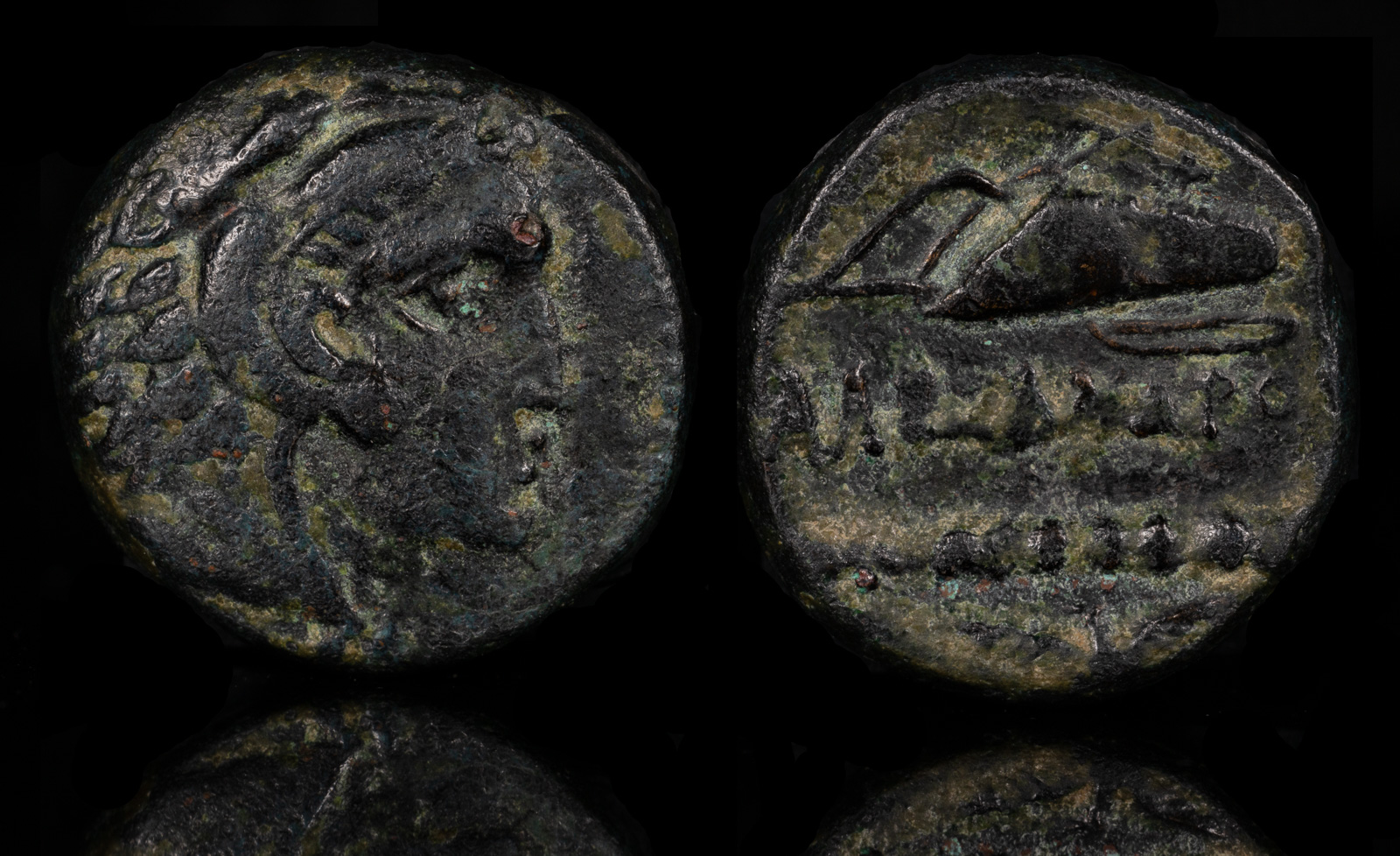Bow Case
View All Tags
One of the most common materials used in the construction of bow cases was leather. Leather was durable and flexible, making it an ideal choice for a protective cover. The leather cases would often be sewn together using strong threads, and sometimes reinforced with metal fastenings or rivets for additional durability. These leather cases would be crafted to fit the specific shape of the bow, providing a snug and secure fit. In many cases, the bow case would be cylindrical or slightly tapered, with a closing mechanism, such as a flap or a tie, to keep the bow safe inside. Some cases were designed with compartments to hold arrows, making it easier for the archer to carry both their weapons and their ammunition.
For added protection, some bow cases were lined with padded or soft materials to shield the bow from damage caused by impacts or rough handling during travel or battle. This was particularly important for composite bows, which were made from a combination of materials like wood, horn, and sinew and required careful handling to prevent damage to their delicate structure. A properly constructed bow case would also help maintain the tension of the bowstring, keeping it in optimal condition for use.
In addition to leather, wooden bow cases were sometimes used, especially for more decorative or ceremonial purposes. These wooden cases were often crafted from fine woods, carved, and polished to create an aesthetically pleasing appearance. Some wooden cases were reinforced with metal bands or other fittings for added strength. The use of wood for bow cases was likely more common among the wealthier classes or for specialized ceremonial purposes, as wood could offer both protection and an artistic touch, reflecting the high status of the archer or the importance of the weapon.
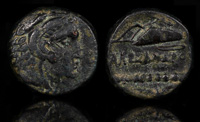
Androkles of Amathos 325-323 BCE
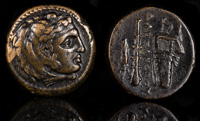
Asandros 323-319 BCE
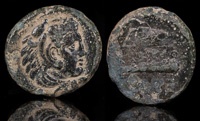
Erythrai, Ionia 4th century BCE
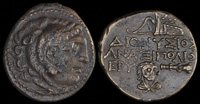
Erythrai, Ionioa 275-220 BCE
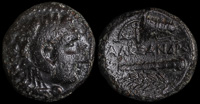
Pasikrates of Kourion, 325 BCE
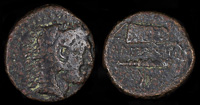
Pasikrates of Soloi 330-310 BCE

Syennesis 440-400 BCE
